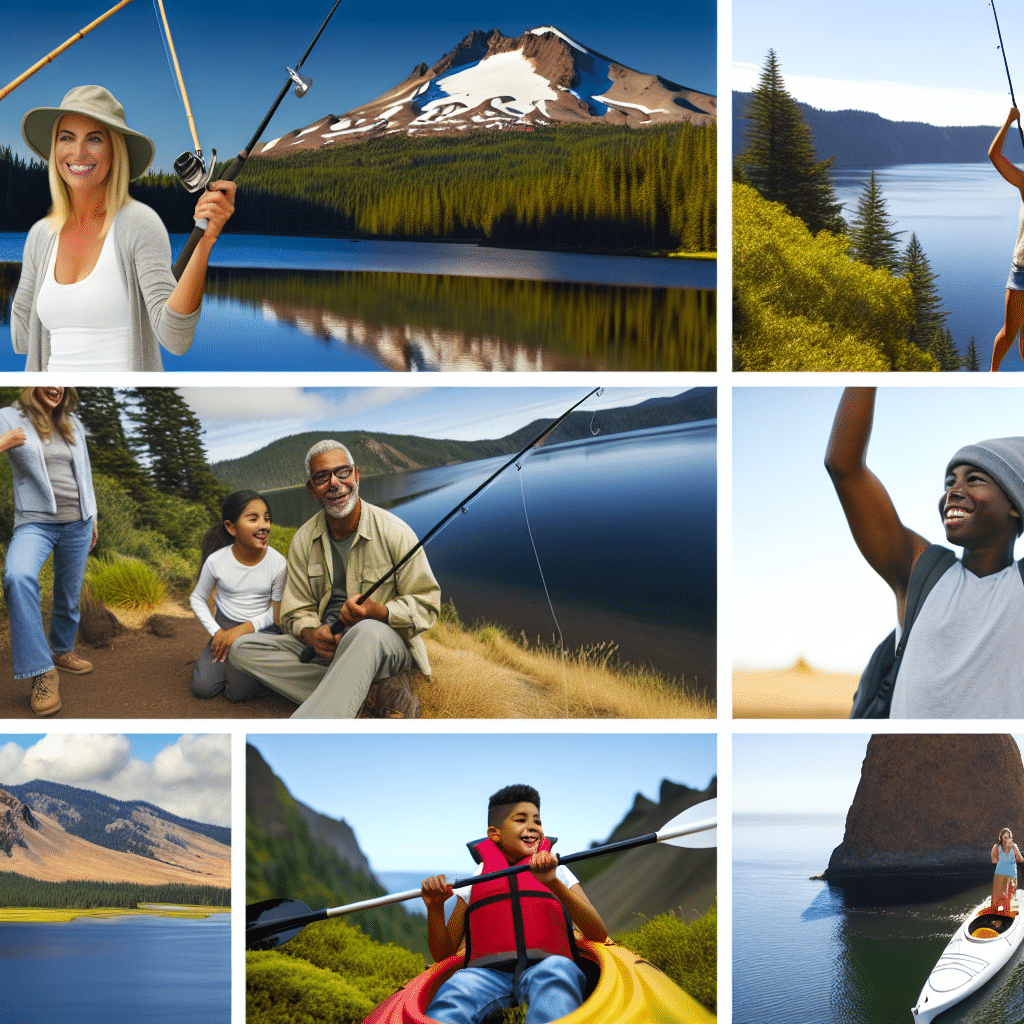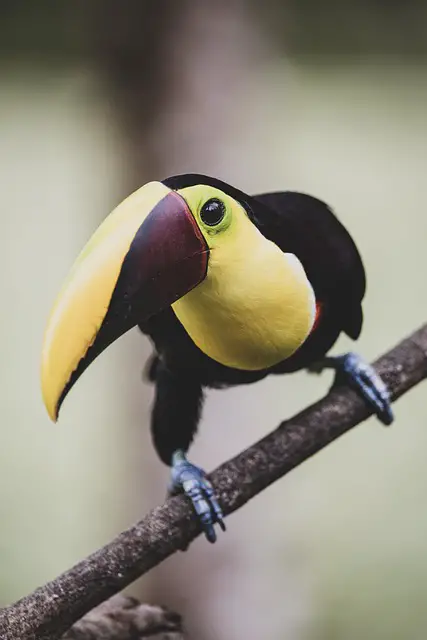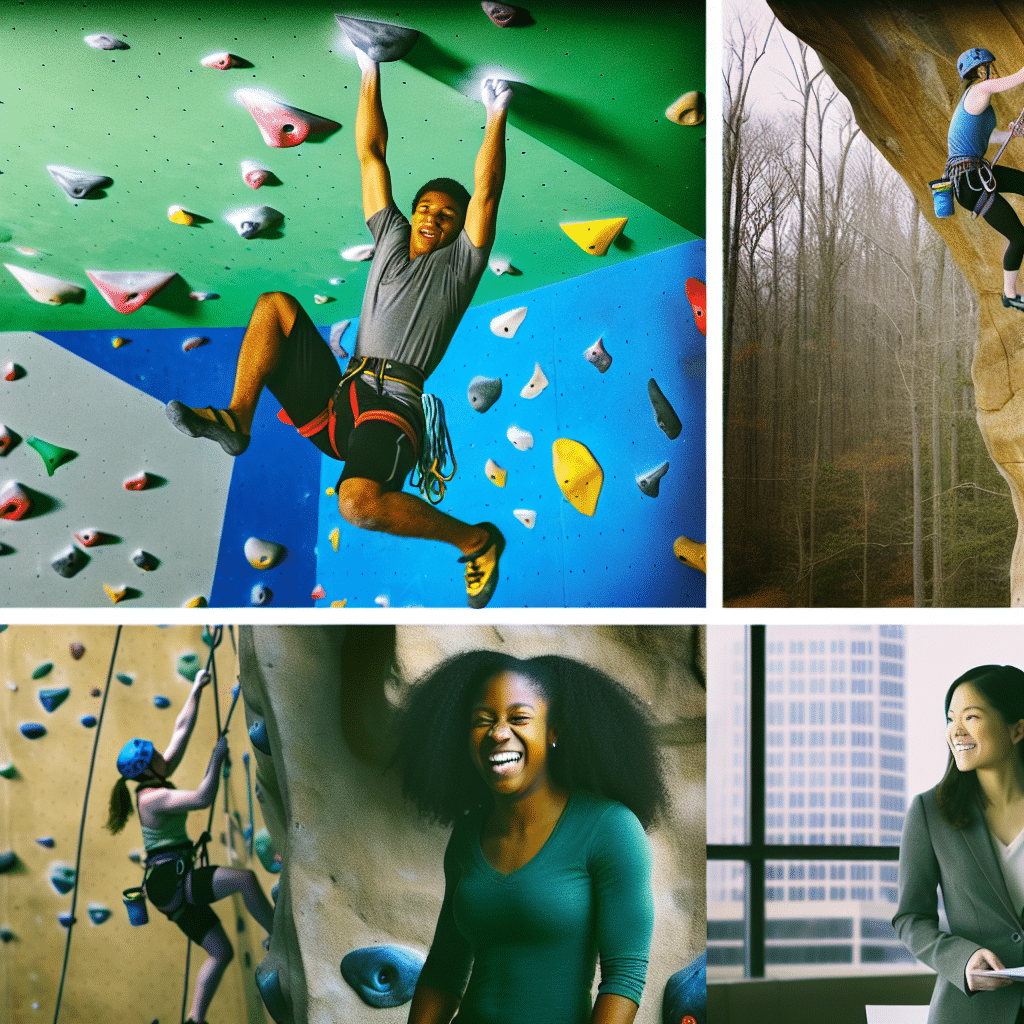When it comes to outdoor adventures, few places offer the diverse landscapes and natural beauty that Oregon does. From lush forests and rugged coastlines to serene lakes and towering mountains, Oregon camping promises a unique experience for everyone. Whether you’re a seasoned camper or a newbie looking to reconnect with nature, this guide will help you discover the best spots and tips for an unforgettable Oregon camping trip.

Why Choose Oregon for Camping?
Oregon is a haven for outdoor enthusiasts, with its varied terrain providing opportunities for every type of camper. The state’s natural parks and campgrounds are well-maintained and offer a plethora of activities such as hiking, fishing, kayaking, and wildlife watching. But what truly sets Oregon camping apart is the stunning variety of landscapes within relatively short distances. You can go from exploring the high-desert areas in Eastern Oregon to enjoying the temperate rainforests and coastal cliffs in the west within a matter of hours.
Top Destinations for Oregon Camping
1. Crater Lake National Park
One of the crown jewels of Oregon camping, Crater Lake National Park features the deepest lake in the United States, formed by an ancient volcanic eruption. The crystal-clear blue water offers an idyllic setting for camping. The park has two main campgrounds, Mazama Campground and Lost Creek Campground, each providing basic amenities and easy access to hiking trails and viewpoints.
2. Mount Hood National Forest
Located just an hour from Portland, Mount Hood National Forest is a prime destination for camping year-round. The forest offers a range of sites, from developed campgrounds with full amenities to more primitive sites for those seeking solitude. Outdoor activities abound, including hiking, fishing, and skiing in the winter.
3. Oregon Coast
Stretching over 360 miles, the Oregon Coast offers campgrounds with breathtaking ocean views. Popular spots include Cannon Beach, with its iconic Haystack Rock, and the Cape Perpetua Scenic Area, where you can explore tide pools and old-growth forests. Coastal camping often brings the added joy of watching wildlife like seals, sea lions, and various bird species.
4. Wallowa Lake State Park
Known as the “Alps of Oregon,” Wallowa Lake offers stunning alpine scenery and a somewhat remote camping experience. The state park provides full-service campgrounds and easy access to boating, fishing, and hiking trails that lead into the Eagle Cap Wilderness.
What to Pack for Your Oregon Camping Adventure?
Preparation is key for any successful camping trip. Here’s a comprehensive packing list tailored for Oregon camping:
– **Tent and Sleeping Gear**: Ensure your tent is weather-appropriate. Nights can get chilly, even in summer, so a warm sleeping bag and sleeping pad are essential.
– **Cooking Equipment**: Portable stove, fuel, cookware, and utensils. Don’t forget a cooler for perishables.
– **Clothing**: Layering is crucial due to Oregon’s varying weather. Pack moisture-wicking base layers, insulating layers, and waterproof outer layers.
– **Hiking Gear**: Sturdy hiking boots, a daypack, and navigation tools like maps and a compass.
– **First Aid Kit**: Always be prepared for minor injuries and ailments.
– **Personal Items**: Sunscreen, insect repellent, toiletries, and any necessary medications.
Tips and Tricks for an Unforgettable Experience
1. Reserve in Advance
Many popular campsites in Oregon fill up quickly during peak seasons, especially summer and holiday weekends. Booking your campsite in advance ensures you have a spot in your preferred location.
2. Leave No Trace
Oregon is known for its pristine natural environments, and it’s vital to keep them that way. Follow the “Leave No Trace” principles by cleaning up after yourself and minimizing your impact on the environment.
3. Be Prepared for Weather Changes
The weather in Oregon can be unpredictable. Always check the forecast before heading out and be prepared for sudden changes, especially in mountainous regions.
4. Stay Safe
Beware of wildlife and know how to store food properly to avoid attracting animals. Always let someone know your plans and expected return time.
FAQs About Oregon Camping
1. What is the best time of year for Oregon camping?
The best time for camping in Oregon largely depends on what you’re looking to do. Summer (June to September) offers the warmest weather and is ideal for most outdoor activities. However, if you’re looking to enjoy winter sports, camping near Mount Hood or other mountainous regions during the winter months can be equally rewarding.
2. Are campfires allowed?
Campfire regulations vary depending on the season and location. It’s essential to check local guidelines and restrictions before starting a campfire. Often, there are bans during dry seasons to prevent wildfires.
3. Can I bring my dog?
Many Oregon campgrounds are pet-friendly but may have specific rules regarding pets. Always check the campground’s regulations and make sure to keep your dog on a leash to protect wildlife and other campers.
Conclusion
Oregon camping offers an unparalleled opportunity to connect with nature, explore diverse landscapes, and create lasting memories. With careful planning, the right gear, and a spirit of adventure, you can make the most of your camping experience in this beautiful state. Whether you choose the serene shores of Crater Lake, the majestic peaks of Mount Hood, or the rugged coastline, Oregon’s natural beauty is sure to captivate and inspire. Happy camping!



